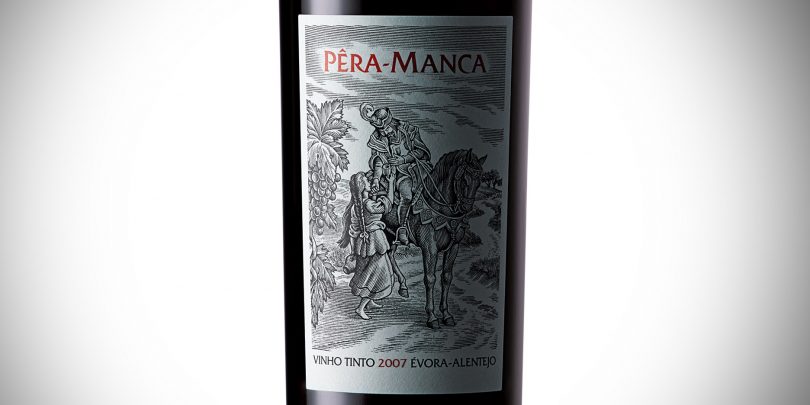‘Saudouso’ for the Alentejo
Posted: 11th July 2016
My very modest contribution to the literature on Portuguese wine appeared fifteen years ago. It is not a good book. Turning the pages now I feel quite pleased that it has lapsed into obscurity. Others have taken up the Portuguese mantle since and they do it better. The pictures and the maps did it no favours either. In justification, however, it had always been my ambition to write something on Portugal and although I knew the country reasonably well, there were a number of corners I had never seen. Writing the book gave me the chance to complete the picture. Of all the parts of Portugal I visited on this project, the Alentejo attracted me most.
Most of Portugal is cluttered and overcrowded. Huge swathes of the population have emigrated over the past forty or fifty years, mostly to France and Germany. Leaving, however, is not generally perceived as a complete divorce from the old country, and every summer the emigrants return en masse and add a few bricks and stridently multi-coloured tiles to a monstrous house all covered in plastic sheets somewhere beside a main road. They live in the old family shack while they tinker around with the plumbing. Then September dawns, and it is time to go home to Paris or Frankfurt. The worst concentration of these half-houses is in the damp Minho region that borders Spanish Galicia in the north. The abominations thin out a bit south of the Mondego, and by the time you cross the mighty Tagus, they disappear almost completely leaving the Alentejo with its vines and wheat fields and its hot summer sun.
Of course, to write off the whole of Portugal north of the Tagus is unjust: the Douro Valley, the mountainous Beiras that form the border with Spain and the wilder parts of Trás-os-Montes in the North-East can also be delightful, but it is only really in the Alentejo that you see big, wide-open spaces that have a truly Mediterranean feel to them as distinct from the unpredictable Atlantic climate that dominates the north and centre.
And I liked the towns and cities of the Alentejo, particularly Evora, with its Roman temple to Diana and Os Loios, the mediaeval cloister that has become one of Portugal’s most famous pousadas or state-owned hotels. The restaurant with its Manueline door was good for desserts such asmorgado (landlord’s pudding) or barriga de freira (nun’s belly), but eating was better at Fialho, where the chef had worked for Bocuse, and latterly the tiny A Taquinha d’Oliveira became an interesting alternative. I could not say whether this was still the case, but I see both places are still going strong. Estremoz has a vast market square and a lovely castle, another pousada, with procrustean beds and bad food (it might have improved since). The best place was nearby, within the castle bailey: São Rosas, where in the spring you could eat ‘tubera:’ little things that looked like white truffles that grew in the sandy scrubland. Again it is still there, but the vastly more experienced Charles Metcalfe tells me that for him, the best restaurant in the Alentejo is at the winery at Esporão.
I was there for the wine before all else. The best came from Cartuxa, not just the fabulously rare Pera-Manca, a wine only made in great years which even back then was trading at over £100 a bottle (more like £250 for a recent vintage), but also the straight red and white. More recently I have discovered the baby of the family, Vinea, which sells for under £8 at my local Portuguese shop in Kentish Town and which is a knockout.







